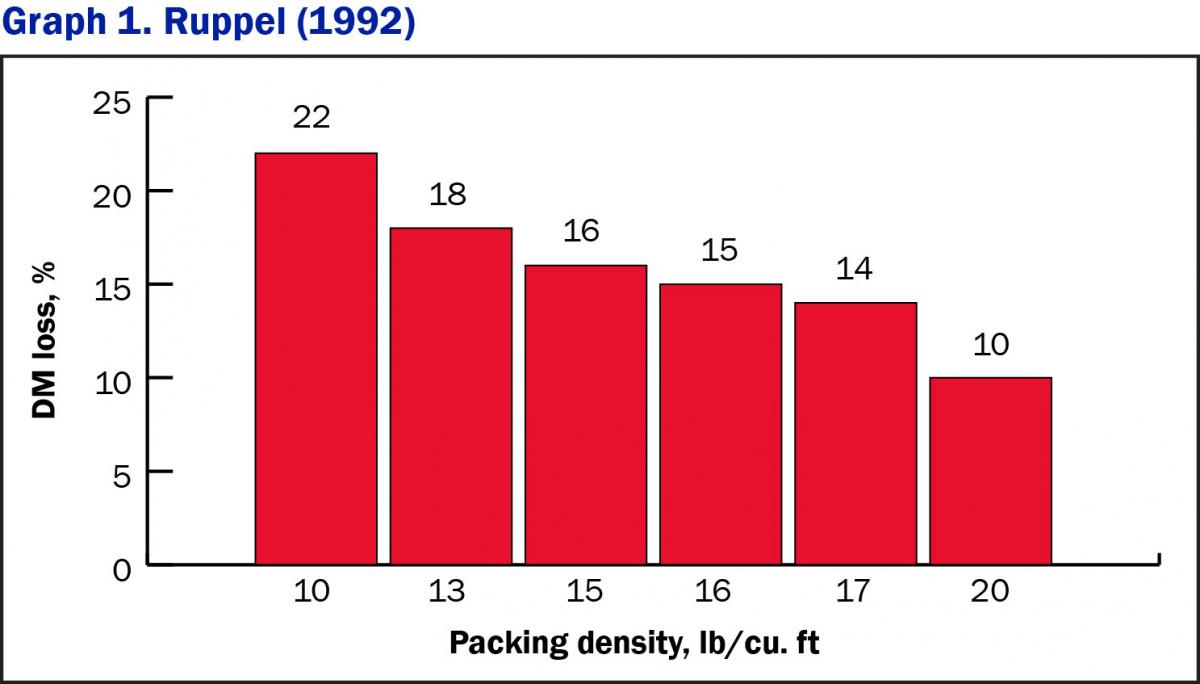
Case study: Forages scorecarding to evaluate quality – Dr. Michelle Windle, Vita Plus

The winter months often offer a time to reflect on the past year’s work, including the forages program. To assist with that review, Vita Plus has developed a forage scorecard to help highlight areas of your forages program where you excel and areas for improvement.
The forages scorecard grades a bunker or bag based on five different areas:
- Stability data based on silage temperature, loose feed temperature and surface spoilage
- Fermentation based on moisture content and laboratory fermentation profile
- Density based on density probing
- Feedout rate based on the speed you go through the pile or bag, how often the face is shaved, and the amount of loose feed present at the time of scoring
- Processing score (for corn silage) or harvest (for haylage) which includes ash-free NDF (aNDFom) and ash
As with almost everything in the dairy industry, you will get the most value out of this program by including the correct people in the discussion of the results.
I once scored a moderately-sized corn silage pile on a 350-cow dairy. When I presented the results of the scorecard to the team, we had the right people present at the meeting. The discussion included the family who owned the farm along with the custom harvester and feed person. We found two main areas for improvement:
- First, the feed person was not using the facer, which resulted in high feed temperatures. Having the feed person present at the meeting allowed us to discuss the value of using a facer. I returned a week later and was happy to find the face of the pile was much cleaner and the feed temperatures were much cooler, indicating less spoilage, yeast growth, and dry matter (DM) losses.
- Second, the DM density was 13 pounds per cubic foot. An ideal packing density is at least 17 pounds per cubic foot. Fortunately, with the custom harvester there, we could determine, from the weight of the pack tractor and the speed of the loads coming off the field, that the pile required more weight on it and they made the decision to add a second pack tractor to the pile. When I returned to score the new corn silage pile the next year, the packing density was 21 pounds per cubic foot. Consulting the graph below from Ruppel (1992), which compares packing density to DM losses, we realized the estimated DM losses, on average, went from roughly 18 to 9 percent. This meant the farm had 9 percent more inventory, or roughly an extra month of silage, which helped pay for the cost of the extra tractor.

It can be intimidating to look at a forages program objectively and try to identify the main areas of improvement and the economic impacts of those decisions. The forages scorecard, in combination with knowledgeable staff to interpret the results, can help overcome these hurdles.
Contact your Vita Plus consultant if you are interested in learning how a forages scorecard can improve your farm’s efficiency and productivity.
| Category: |
Forage Foundations Forage storage and management Technology and data management |

